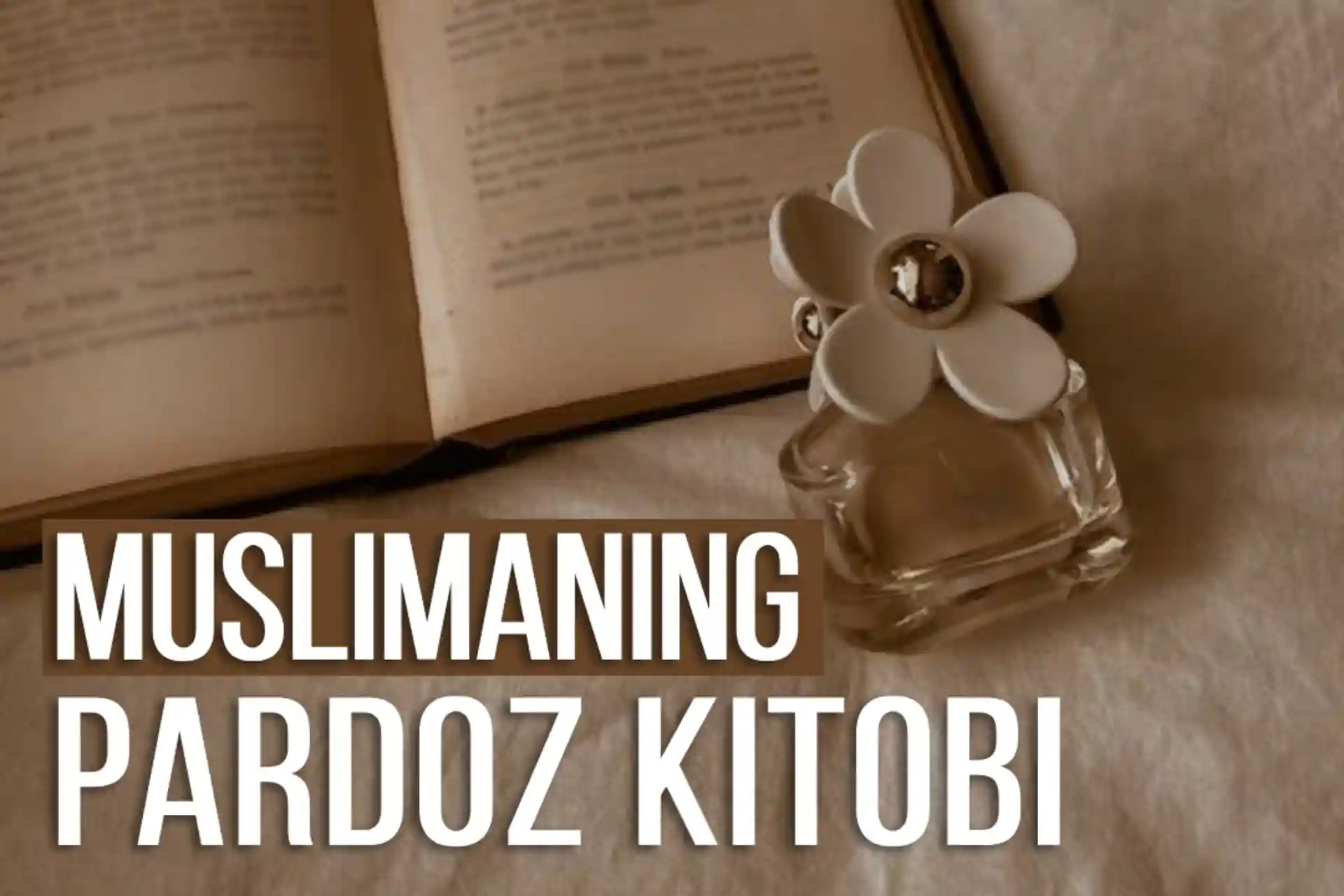Muslim woman
Time passed, and the era of the Prophethood, the Age of Happiness, began. Even in this age, women were still obsessed with their adornment, preserving it and displaying it by any means and means.
In such a situation, the Prophet (peace and blessings of Allah be upon him) brought the message and led women out of the darkness of this misguidance and heedlessness into the light of guidance.
During this period, Muslims were also concerned about their adornment, but this was done according to certain standards. They adorned themselves and this was done according to the instructions of Allah, the Exalted, when He said: “Say to the believing women: ‘Let them lower their gaze and guard their private parts and not display their adornment except what is apparent of it. Let them draw their veils over their bosoms, and they would fasten it, obeying the command, " O Prophet, tell your wives and your daughters and the women of the believers to draw their veils closer to them. That is closer for them to be recognized and not to be disgraced. And Allah is Oft-Forgiving, Most Merciful."
The Age of Ignorance was, by its very name, the age of the ignorant. Before the revelations of our Prophet, women were looked down upon and looked down upon with contempt and contempt. Worse still, women themselves accepted this attitude as a natural state. With the advent of Islam, these humiliations were lifted from them, and women began to feel a different kind of comfort in themselves by covering themselves from the top of their heads to the heels of their feet. Muslims covered their heads, wore loose-fitting clothes, and in order to feel even more comfortable and walk freely, they also covered themselves with a veil. Women, eager to fulfill the commandments of Allah in a beautiful way, additionally covered their faces with a veil so that only their eyes were visible.
Even in the Age of Ignorance, women wore headscarves, but they did not cover their exposed breasts and adornments, but rather made them more visible. When Allah Almighty made women noble through Islam, they emerged from the darkness of thought into the light of guidance. Only one thing changed in the clothes they had been wearing for centuries - the way the headscarf and the veil were tied. Previously, in the Age of Ignorance, headscarves were thrown back, but in the Age of Prophethood, their ends covered the chest. The change in clothing did not demean a woman's honor. Her appearance was harmonized with spiritual beauty, which was more perfect and better than external beauty. This beauty was further perfected by responding to the call of Allah Almighty.
Below are examples of hadiths about the dressing styles of women in the blessed era:
Imam Malik (may Allah have mercy on him) narrated: “Aisha, the wife of the Prophet (peace and blessings of Allah be upon him), used to pray in a long, loose dress and a headscarf.”
It is narrated from Ubaydullah ibn Aswad Khawlani, who grew up under the care of Maimuna (may Allah be pleased with her), that he said: "Maimuna (may Allah be pleased with her) used to pray wearing a wide and long shirt and a headscarf. She did not wear an izra."
It was narrated that a woman asked the father of Hisham ibn Urwah for a fatwa, saying: “The thread of the izaar is causing me difficulty. So can I pray in only a long shirt and a headscarf?” and his father said: “Yes, if your shirt is loose and long enough to cover your legs.”
It is permissible for a woman to wear a dress made of black, red, blue, white, and yellow fabrics woven from silk, cotton, or hemp.
It was narrated from Ali ibn Abi Talib (may Allah be pleased with him) that: “The Prophet (peace and blessings of Allah be upon him) gave me a piece of cloth woven from a mixture of striped and woven silk. I put it on and saw anger on the face of the Messenger of Allah (peace and blessings of Allah be upon him). So I cut it and distributed it to my wives.”
It was narrated from Anas ibn Malik that he said: “I saw Umm Kulthum, the daughter of the Messenger of Allah (peace and blessings of Allah be upon him), wearing a striped silk scarf.”
Mujahid (may Allah have mercy on him) said: "Women are permitted to wear gold and silk." He said: "Are you someone who is raised in adornment and cannot be seen openly during a quarrel?" It is narrated that they recited the verse.
It is known that a girl is delicate. A woman naturally loves finery. Therefore, she is raised in a world of finery and adornment, carefully.
Ibn Abbas said: "The Prophet, may God bless him and grant him peace, went out on the day of Eid and prayed two rak'ahs. He did not pray before or after that. Then he went to the women and ordered them to give alms. They began to give their gold and silver rings and beads as alms."
Ibn Wahb added: "He ordered the women to come and give alms. Then they began to throw their fatahs (rings without eyes, similar to men's rings) and their rings at Bilal's skirt."
Ibn Abbas said: "The Prophet (peace and blessings of Allah be upon him) commanded women to give charity. I saw them reaching into their ears and taking out their earrings."
A woman can wear any type of jewelry, such as: bracelets, earrings, rings, bracelets, beads, gold chains, earrings, etc.
Even today, women widely use various makeup products, such as paints, antimony, and various perfumes, as well as skin-lightening scrubs, blushes, and foundation, which are visible and odorless, to beautify women.
Anas ibn Malik (may Allah be pleased with him) reported: Abdullah ibn Awf came to the Messenger of Allah (peace and blessings of Allah be upon him) and saw a yellow spot on his hand. He asked him what it was. He said that he had married an Ansar woman. He said, “How much dowry did you give her?” He said, “A gold coin.” He said, “Even if you slaughter a sheep, give it as a wedding gift. ”
Imam Muslim, in his Sahih Muslim, narrated a hadith about the Farewell Hajj: “Ali came from Yemen driving the camels of the Prophet (peace and blessings of Allaah be upon him). There he saw Fatimah coming out of Ihram, wearing a colorful dress and applying kohl. Ali (may Allaah be pleased with him) objected to this, and Fatimah (may Allaah be pleased with her) said: ‘My father ordered me to do this.’”
In a hadith narrated by Abu Hurairah (may Allah be pleased with him), the Messenger of Allah (peace and blessings of Allah be upon him) said : “The Jews and Christians do not use paint. So you should differ from them . ”
Anas (may Allah be pleased with him) reported that the Messenger of Allah (peace and blessings of Allah be upon him) forbade a man from using saffron.
Considering the ancient clothing, jewelry, and makeup items mentioned above, it can be seen that women still use them to the fullest extent possible to maintain their beauty. But have women's adherence to and attention to Shariah rules in this regard been preserved in their original form?

